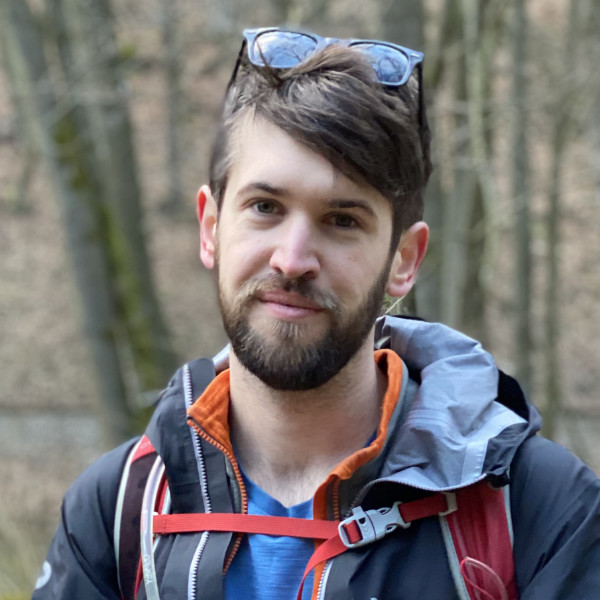-
Peak performance
May 21, 2023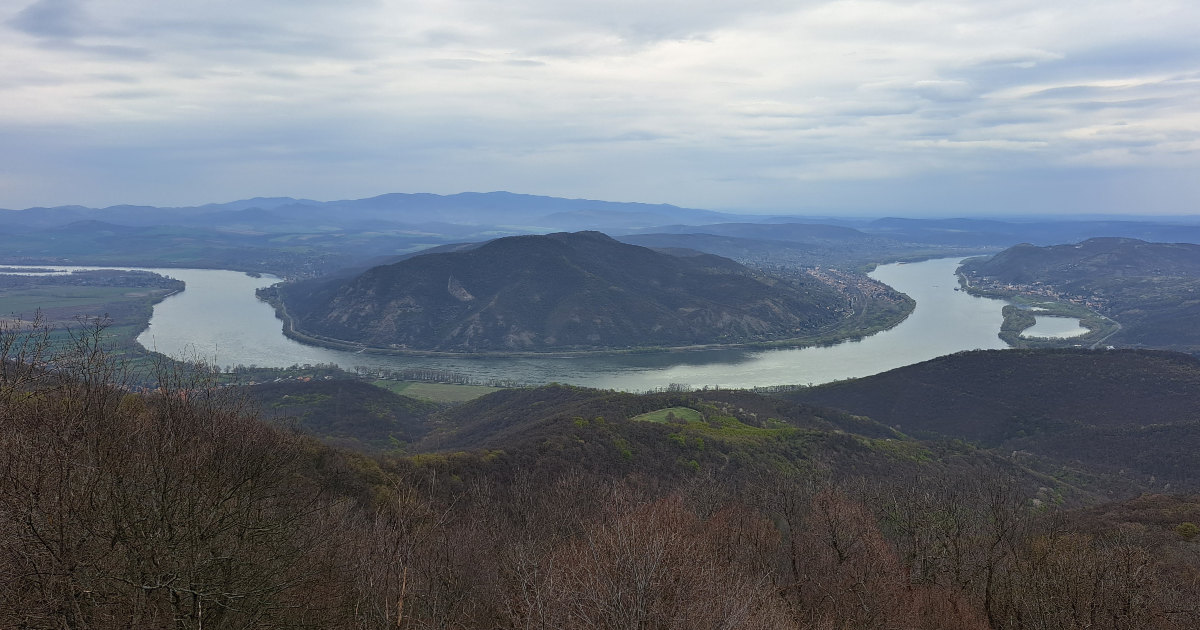 A friend of mine came to me with a really fascinating question: can we find all the peaks in Hungary, no matter how tall or short they are - a mountain, a hill or just a mound? This question led me on a long journey with many questions. What is the definition of a peak? Where do I get the data and what method do I use to identify them? And once I identified them, could I use their characteristics to understand the difference between places called peaks, mountains, or hills? As it turns out, other people have asked these questions before me and some answers are already out there.
A friend of mine came to me with a really fascinating question: can we find all the peaks in Hungary, no matter how tall or short they are - a mountain, a hill or just a mound? This question led me on a long journey with many questions. What is the definition of a peak? Where do I get the data and what method do I use to identify them? And once I identified them, could I use their characteristics to understand the difference between places called peaks, mountains, or hills? As it turns out, other people have asked these questions before me and some answers are already out there.
Comments | Keep reading »
-
Blast from the past: romkocsmak.com
February 6, 2023 In 2012, with the help of a friend, I created a website that was a simple quiz: does this bar or pub exist in Budapest? Since all the new places seemed to follow the same naming pattern, we could easily come up with a bunch of fake and real names to use in a quiz. I wrote the code in PHP, a language I was completely unfamiliar with, then put the page online at romkocsmak.com, Hungarian for "ruinbars.com". And then never advertised it anywhere. To keep it from being lost forever, I recently spent too much time getting it up and running again – and I am sharing it here.
In 2012, with the help of a friend, I created a website that was a simple quiz: does this bar or pub exist in Budapest? Since all the new places seemed to follow the same naming pattern, we could easily come up with a bunch of fake and real names to use in a quiz. I wrote the code in PHP, a language I was completely unfamiliar with, then put the page online at romkocsmak.com, Hungarian for "ruinbars.com". And then never advertised it anywhere. To keep it from being lost forever, I recently spent too much time getting it up and running again – and I am sharing it here.
Comments | Keep reading »
-
I almost bumped into a friend on the Hochschwab
July 28, 2022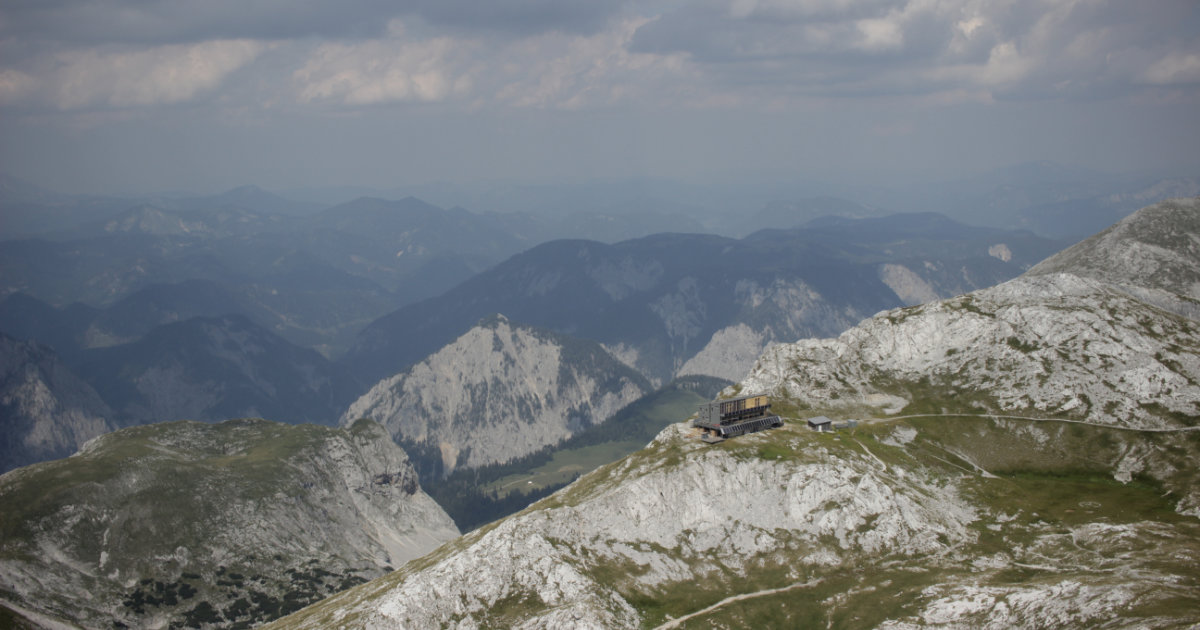
On a weekend in July 2022, a couple of friends and I decided to go for a hike in the Hochschwab mountains in Austria. When I posted the photos a couple of days later, another friend commented that she, too, had been there during the weekend. Did we just miss each other by a couple of minutes, or were we much farther apart? I looked our track logs to find out.
Comments | Keep reading »
-
I reached a dead end in my research about road numbers (but this didn't stop me from making a cool map and finding some interesting insights)
February 7, 2022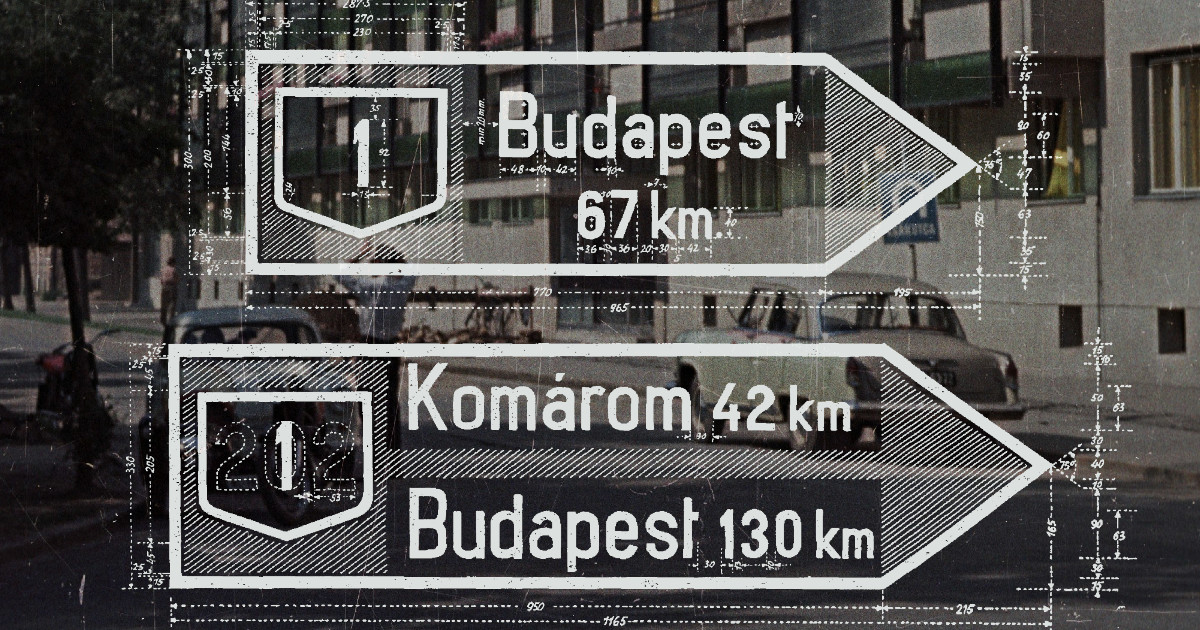 I have been wondering for some time about the system behind the numbering of roads in Hungary. The system itself is simple: the main road that leads from Budapest to Vienna is number 1, the other main roads radiating out from the capital are numbered in clockwise sequential order. Connecting roads have two (or sometimes three) digits. But why is this the system? How long has it been like this? What happened when the borders of the country changed?
I have been wondering for some time about the system behind the numbering of roads in Hungary. The system itself is simple: the main road that leads from Budapest to Vienna is number 1, the other main roads radiating out from the capital are numbered in clockwise sequential order. Connecting roads have two (or sometimes three) digits. But why is this the system? How long has it been like this? What happened when the borders of the country changed?
Comments | Keep reading »
-
Why did I get to drive this car for €0.01 per kilometer?
April 13, 2021
I’m not sure but I have an idea.
Comments | Keep reading »
-
A couple of lines of Python for a night of family fun
March 9, 2021
Have you ever wondered what words you can spell out using wooden cubes that have letters on each face? I have.
Comments | Keep reading »
-
A simple website and API for downloading and printing geocache information for offline use
February 24, 2021
If you enjoy geocaching, you might want to go paperless and just bring a smartphone or GPS device with you on your treasure hunt. Alternatively, you might want to have a backup with you on paper if anything goes wrong with your device. I wrote a simple web service that helps you with the second case.
Comments | Keep reading »
-
Is there enough space in Manhattan to stay six feet apart?
October 17, 2020
According to my analysis, it is likely that there is, but this seems not to be the case in other, more densely populated localities.
Comments | Keep reading »
-
Graphing Construction on Tram Line 6 in Budapest
June 30, 2020
In this article I explore a method to visualize linear spatial data that changes over time: which segments of tram line 6 of Budapest were under construction at which points in time? This investigation is inspired by a video posted on Index.hu and a 140-year-old train schedule diagram.
Comments | Keep reading »
-
Get Public Transport Timetables
May 25, 2020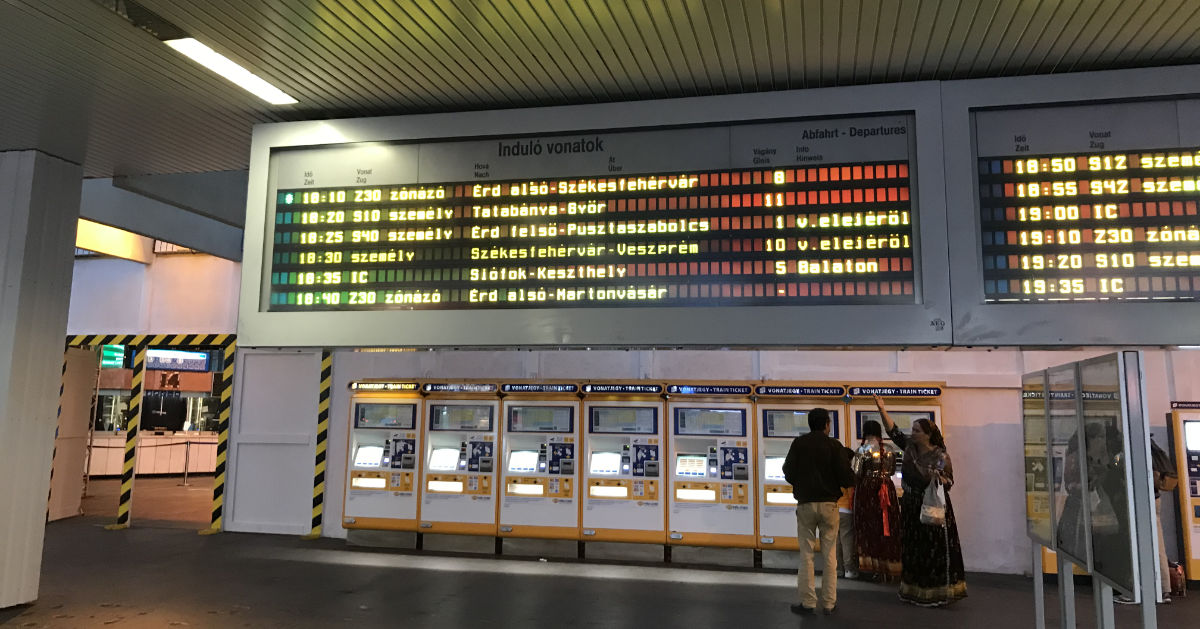
About two years ago, I shared an article about a project where I query and process results from the Google Transit API in a way that provides a simple overview for public transport connections between two places. Since I ended up using it rather frequently, I decided to turn it into a proper Python package, called gptt, available on GitHub and PyPI.
Comments | Keep reading »
-
A first endeavor into generative art
April 17, 2020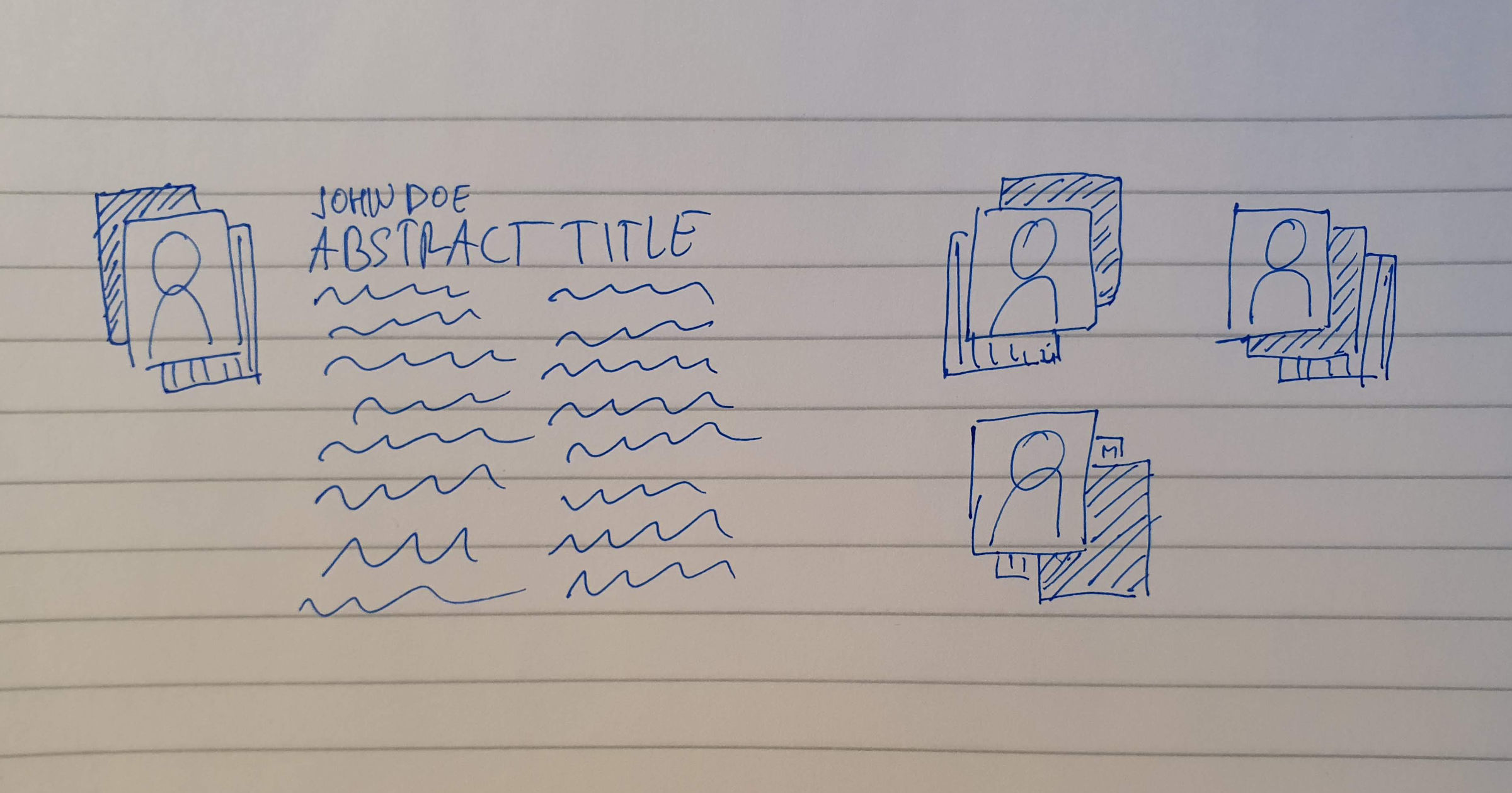
Last year we organized an internal conference at my workplace and I volunteered to put together a booklet with the abstracts of the presentations. I wanted to add photos of the authors, but I did not want them to look all the same.Actually, graphic design and layout editing was not new to me, I’ve always had a thing for this field. At some point during my bachelor’s in Economics I even considered moving abroad and studying it instead of finishing that degree. Instead of doing so, I just volunteered to design the faculty magazine. I came up with the idea to have the photos on top of two rectangles of the same size but of two different colors, a bit offset from the photo – every photo should be paired with differently offset rectangles to add some unique design. Of course, I did not want to do this by hand, but that’s what I know Python for.
Comments | Keep reading »
-
Introducing gpxslicer
January 28, 2020
I have recently released my first Python package,
gpxslicer, a simple tool to cut GPX track logs into smaller segments. It is now available on GitHub and PyPI. The motivation behind creating it was simple: I wanted to automate tasks that I had done by hand too many times.
Comments | Keep reading »
-
Understanding Overpass, the API of OpenStreetMap
January 17, 2020
If you want to use spatial data from OpenStreetMap, OpenStreetMap is more than just a free map: it is also a free database of global geographical data. If you are not familiar with it, check out its Wiki to learn more. one way to get it is via Overpass, Read more about the Overpass API and its various endpoints here. a read-only API of the OpenStreetMap database. While the API is extremely flexible, its unique language, Overpass QL is not very intuitive. This article takes a very simple query and dissects it into its smallest pieces. This will help you understand (and write) such queries.
Comments | Keep reading »
-
Alphabetical sorting is hard
November 24, 2019
It really was a great idea. As usual, I took a problem that I randomly ran into and wanted to find a solution to. I was not sure if I could implement the solution, but I knew I could describe it. It happened when I was working on a project where I got some data about municipalities in Hungary. I thought it would be handy to sort them alphabetically so that the user of the final product can easily find the place they are interested in. However, due to the unusual letters in the Hungarian alphabet, such as ő or gy, collation is not trivial. But I knew I could find a way to solve this!
Comments | Keep reading »
-
The autumn of 1929 – the story of two hikes
October 29, 2019 | Hungarian version / magyar változat »
I was going through the documents of my great-grandfather, Lajos Frenyó when I found a couple of folded papers in one of the notebooks. I had already known that he really liked hiking but I did not have any material proof of this hobby apart from the photo used as the cover image of this post. That is, up until that moment, because these papers contained a very detailed account documenting two trips in the Tatra mountains. This post contains these two reports with my comments.
Comments | Keep reading »
-
EXPECT A HAPPY HOBBY
December 2, 2018
Do you know what a COYOTE TOOTHACHE and a CHECKBOOK PHOTOCOPY have in common? If written in uppercase, all the letters of these expressions appear in the Cyrillic alphabet. That is, if we take a more relaxed definition of letters being the same shape: in many typefaces, K and К and Y and У do not look the same, just very similar. Although, to be precise, if somebody would try to read these using the Cyrillic alphabet, they would read “souote tootnase” and “sneckvook rnotosoru”, respectively.
I started thinking about this when I realized that I had never seen a Russian license plate with letters that do not also appear in the Latin alphabet. So I started to wonder about two things: is this observation true in general? If so, what words could we make up that would consist only of such letters?
Comments | Keep reading »
-
Nicely formatted transit schedules
August 18, 2018
I enjoy hiking, which most of the times involves using public transportation to get to the start of my hike and to get back home. Planning these trips used to be a major chore in Hungary before 2016, as there was no unified schedule database: one could only plan trips by train or bus, not together. During these times I came up with a timetable format in which I manually collected transit options using the bus and train planner websites as well as a map to came up with potential routes. These days transit information is available via the Google Directions API, so I decided to revisit this format and I developed a script that creates it automatically.
Comments | Keep reading »
-
Sunrise, sunset
March 8, 2018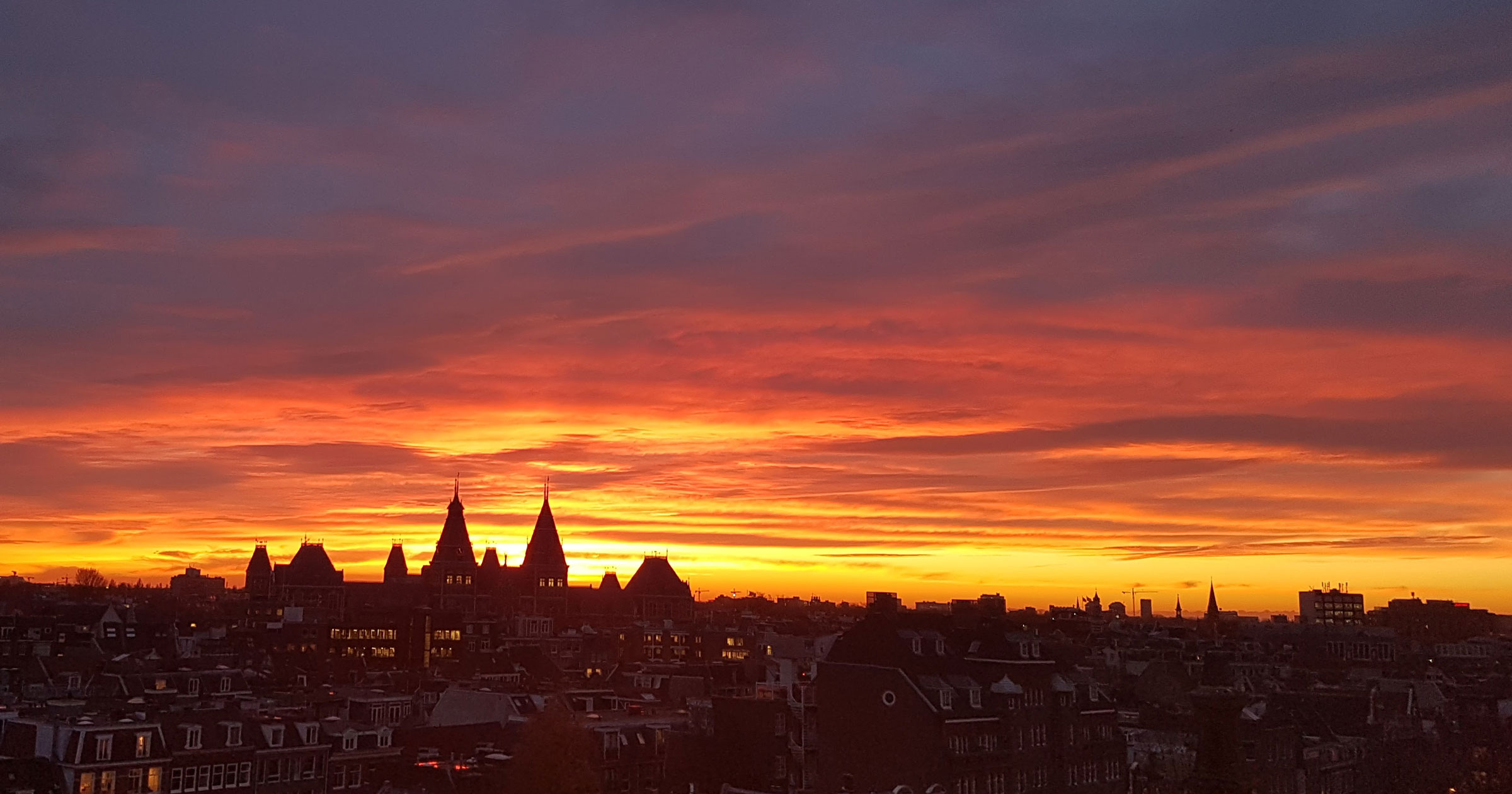
I grew up in Budapest and moved to the Netherlands a few years ago. I could not ignore the fact that the Sun has very different patterns: it rises later and sets later here than in Budapest. However, this difference is not uniform: my feeling was that the sun rises much later and sets about the same time during the winter. I saw the inverse in the summer: Dutch summer evenings are much longer, but dawn does not lag behind that much. I wanted to verify this feeling in a scalable manner, so I created a website (code here) where you can pick two arbitrary locations on the globe and see a graph with their dawn/dusk times through the year.
Comments | Keep reading »
-
Where have the camels gone?
November 30, 2016
teveclub.hu used to be one of the most well-known websites among Hungarian teenagers. It is a Neopets clone where you can raise your own camel: feed it, and teach it various tricks day by day. I had the feeling that the site was slowly dying. I used data from archive.org to verify this hypothesis and I found that it was true: the total number of camels in the system has dropped from the ~320 thousand peak in 2006 to less than 26 thousand in 2018.
Comments | Keep reading »
-
Grab a drink while you wait for the bus
August 20, 2015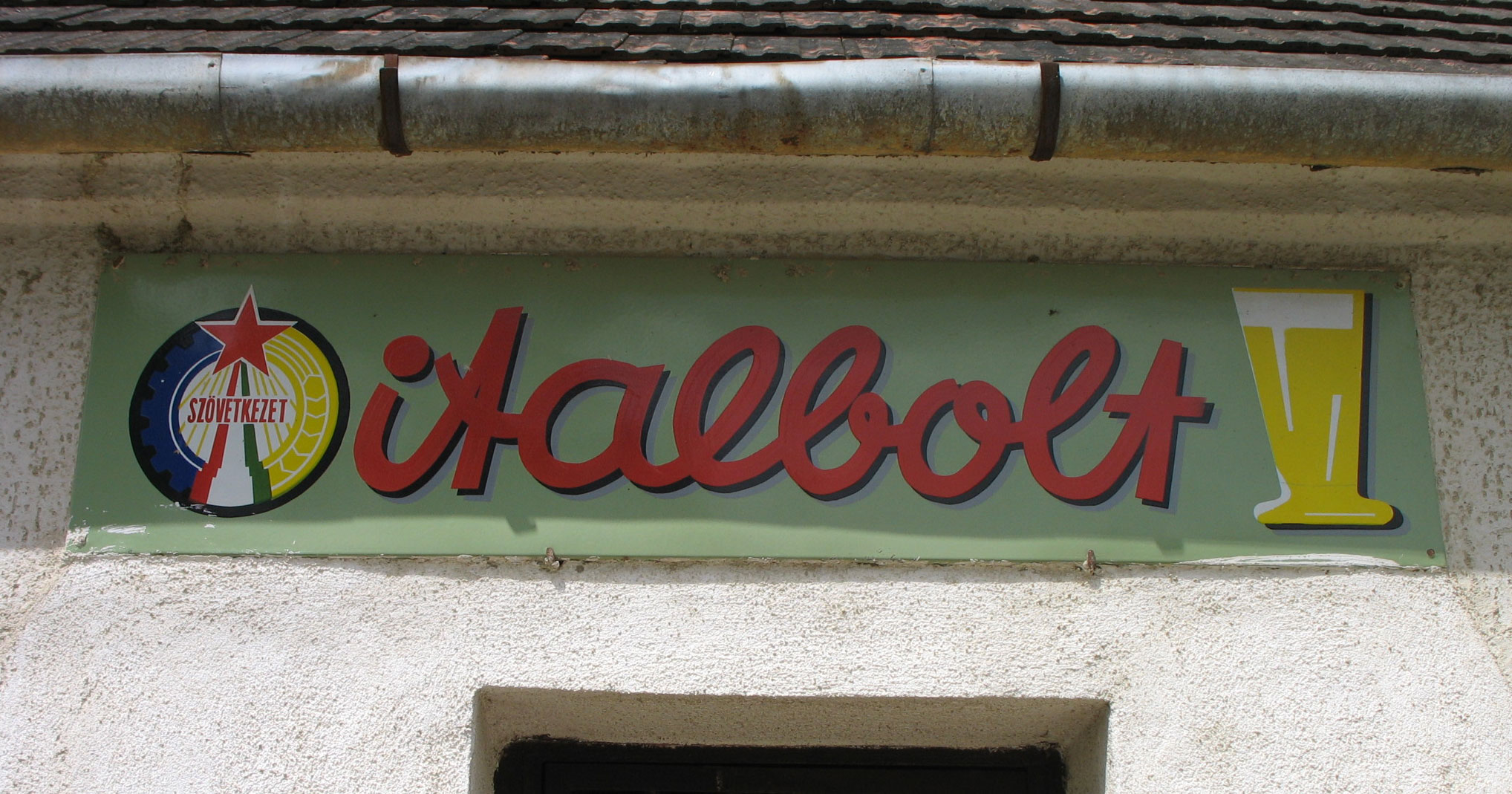
I always found it fascinating that there are several bus stops in Hungary which are called “{municipality name}, Cooperative Liquor Store” (szövetkezeti italbolt in Hungarian). It might get somewhat lost in translation that such a name very much reminds the reader of the socialist era it was given to the bus stop.
Comments | Keep reading »
-
Hungarian municiaplity name prefixes
August 6, 2015
Hungarian municipalities have unique names that consist of one (potentially compound) word. This was not the case until the end of the 19th century: multiple villages could have the same name, sometimes even in the same county. This caused trouble not only for the postal service but also related to taxation and conscription. Hence the standardization: every name must be unique; in case of a duplcate, the municipality names got a prefix based on their general location. I investigated these prefixes: their spatial distribution and the origin of those names.
Comments | Keep reading »
-
Bad idea of the day: toll on M0, the ring road around Budapest
December 11, 2014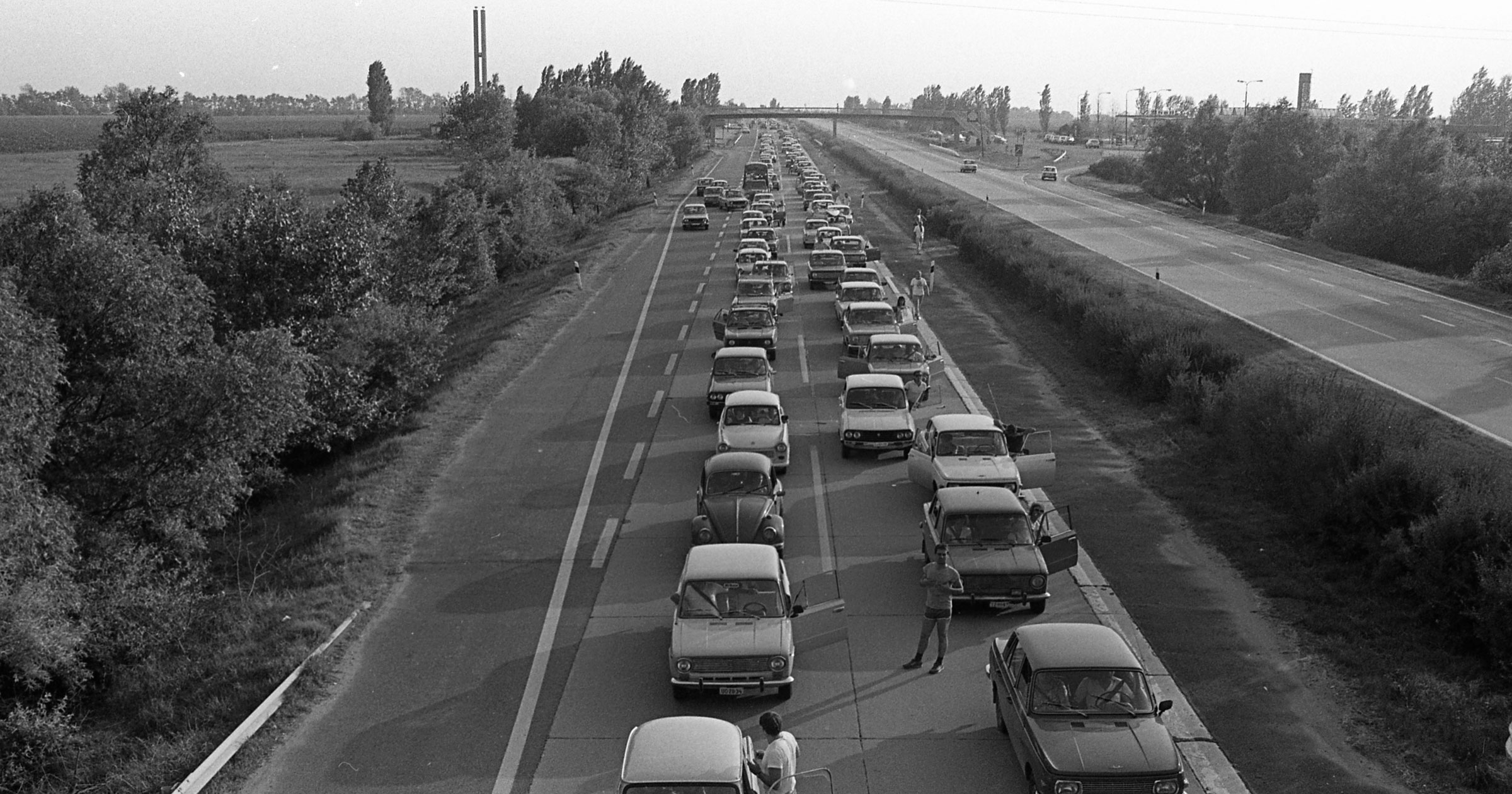
An article published yesterday in Népszabadság reveals that the Hungarian budget for 2015 includes a proposal to introduce tolls on several motorway segments that are toll-free today. To me, this sounds like a bad idea.
Comments | Keep reading »
-
How far up does the tram go?
November 25, 2013
Historically, there were three relatively hilly tram lines in Budapest: 58, 59, and 61. Service on line 58 has been suspended since 1977. In this case, “suspension” includes the tracks having been removed and paved over. Based on this, I do not think service will restart anytime soon. But how far up do these actually go? And which one is the steepest?
Comments | Keep reading »
-
Revolutionary street names
March 15, 2013
Every Hungarian knows that almost every village in the country will have a street named after Lajos Kossuth, revolutionary and politician, and another named after Sándor Petőfi, an emblematic hero-poet – both of whom took part in the Hungarian Revolution of 1848. But where exactly are these streets?
Comments | Keep reading »
- That's all – there are no more posts.
